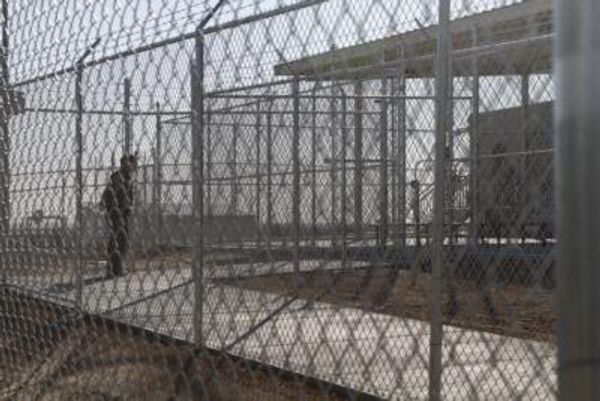
Online platform SEEK has seen a record run of job advertising extend for another month.
But in a further sign of a tightening labour market, such demand for staff is not translating into applications.
In March jobs ads rose by a further five per cent to the highest level in its SEEK’s 25-year history, having also lodged record numbers in January and February.
Jobs ads were 32.2 per cent higher than a year earlier.
Also for the first time, there was a record level of jobs ads in every state and territory in March.
“This makes for an increasingly tight job market,” SEEK ANZ managing director Kendra Banks said.
“While interest among candidates remains consistent, as indicated by candidate visits to site staying strong, the low levels of applications per ad are not matching the persistent demand for talent.”
Applications per job ad decreased 4.5 per cent in March.
The figures come ahead of Thursday’s labour force report for March, which economists expect could see the unemployment rate fall to 3.9 per cent from four per cent, its lowest level since 1974.
However, credit reporting agency CreditorWatch remains cautious about the outlook for business, warning of the risk of increased insolvencies in the short to medium term.
Releasing its monthly business risk report, it found court actions were at their highest since March 2021, while trade payment defaults are at their equal highest point since October 2020 – a leading indicator of rising insolvencies.
“I remain cautious about the timeframe for trade activity to return to pre-COVID levels,” CreditorWatch CEO Patrick Coghlan said.
“There is still so much uncertainty out there, and with inflation on the rise and interest rate increases looming, consumers may be reluctant to open their wallets too much.”
Other factors pointing to a bumpy economic outlook include COVID-related supply chain disruptions, labour shortages, fuel price rises and the impact of the floods along east coast Australia.
CreditorWatch believes the probability of default in the hospitality industry increased in March given it depends on discretionary spending, which is expected to suffer at the hand of rising inflation and interest rates.
Among the regions, flood-affected Lismore unsurprisingly showed a greater risk of default, although remains well below the national average.
CreditorWatch chief economist Anneke Thompson said inflation is the key threat to Australia’s economic outlook.
She said inflation is rising because of supply side issues – supply chain bottlenecks, high fuel prices, NSW/Queensland floods and staffing shortages – rather than particularly high demand,
While future cash rate rises look increasingly necessary to keep inflation within the target band, they are more effective at cooling consumers and investors’ appetite for borrowing.
“The RBA will be very wary of cash rate rises further fuelling supply side price rises, if businesses on thin margins choose to pass on higher borrowing costs to consumers,” she said.
Economists are predicting the Reserve Bank of Australia will start raising the cash rate from a record low 0.1 per cent in June.







